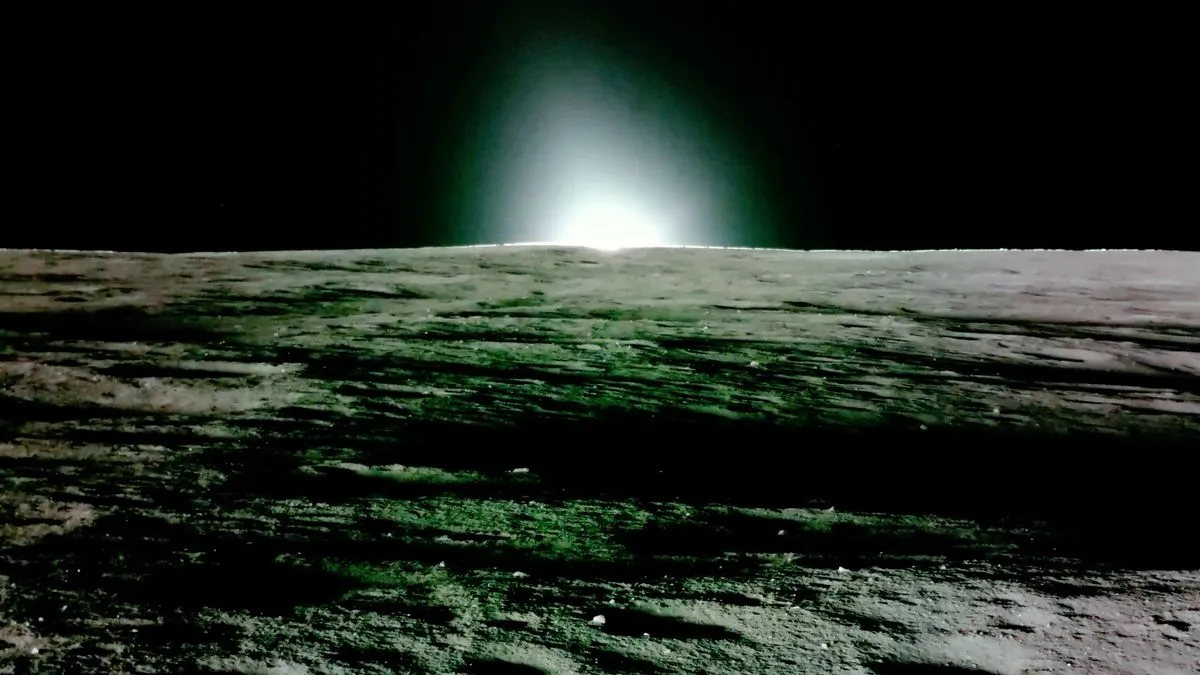
Firefly Aerospace's Blue Ghost lunar lander made the most of its final moments on the moon, showcasing its capabilities before shutting down on Sunday evening, March 16. This shutdown occurred shortly after sunset, marking the end of an impressive lunar mission. The lander captured an inspiring video of the sun descending and disappearing over the cratered lunar horizon, a poignant moment shared with the world on March 18.
The video features the first-ever high-definition images of the sun setting on the moon, as noted by Joel Kearns, the deputy associate administrator for exploration at NASA's Science Mission Directorate. During a recent news conference, Kearns emphasized the beauty and scientific significance of these images, stating they could enhance our understanding of light scattering and illumination on the moon's surface. "There will be extensive physics and optics analysis conducted on this," he remarked, underscoring the potential implications for future lunar studies.
Launched on January 15 atop a SpaceX Falcon 9 rocket, Blue Ghost embarked on its inaugural mission, part of NASA's Commercial Lunar Payload Services (CLPS) program. On March 2, the lander successfully touched down in the Mare Crisium (Sea of Crises) region of the moon's near side, marking a significant achievement as only the second private vehicle to accomplish a lunar landing.
Over the next two weeks, Blue Ghost and its ten NASA science instruments operated seamlessly, collecting a wealth of data about the lunar environment. Notably, the Lunar Instrumentation for Subsurface Thermal Exploration with Rapidity (LISTER) payload drilled into the near subsurface, measuring temperature and heat flow. Another instrument, Lunar PlanetVac, collected and sorted lunar regolith, demonstrating techniques that could be crucial for future sample-return missions to the moon, Mars, and beyond.
Blue Ghost also captured stunning imagery, including close-up views of its landing, a diamond ring solar eclipse, and the recently released sunset shots. Kearns expressed immense satisfaction with the mission's outcome and praised the collaboration between the Firefly and NASA teams, stating, "At NASA Science, we're incredibly pleased with Blue Ghost Mission 1."
Blue Ghost was always expected to conclude its mission on Sunday, as it was not designed to withstand the extreme cold of the lunar night, which lasts for approximately two Earth weeks. While the lander is likely silent for good, Firefly representatives indicated they would attempt to re-establish contact once the sun rises over Mare Crisium.
"This lander has surprised me multiple times over the last two months, and things have gone extremely well," said Ray Allensworth, Firefly's spacecraft program director, during the news conference. "I'll remain optimistic. Maybe we will get a signal in early April, and we’ll certainly let you all know if we do."